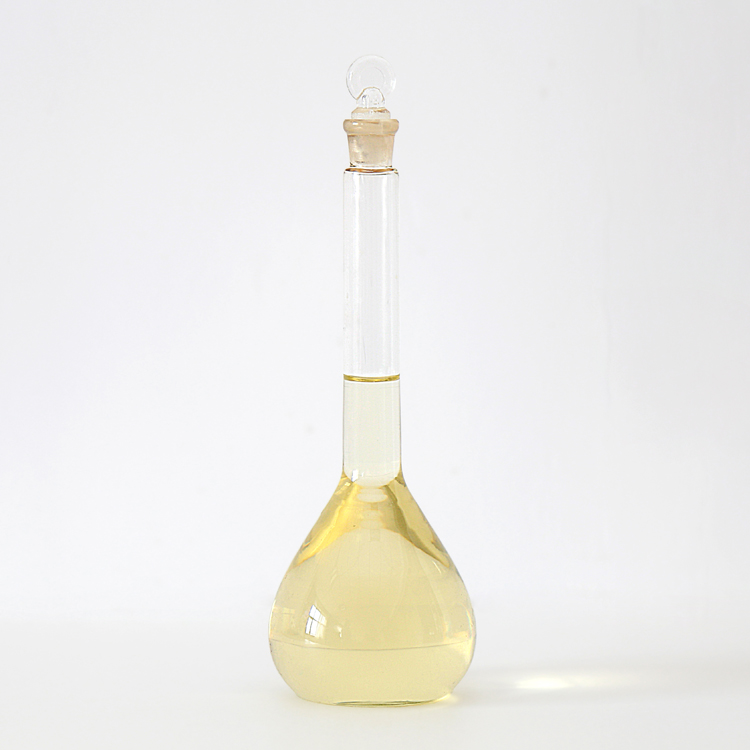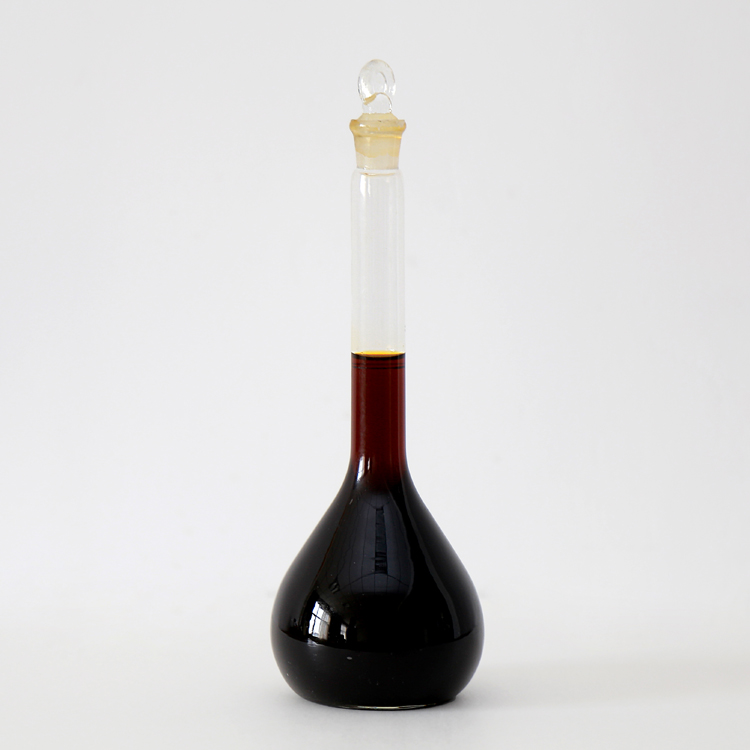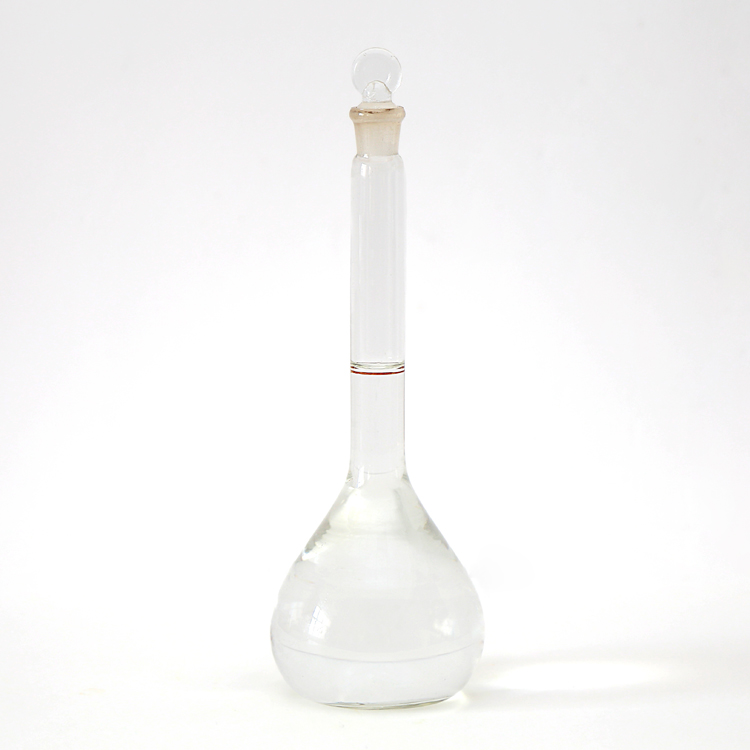
COMPANY NEWS
- Home >> NEWS >> COMPANY NEWS
Product recommendation
Hot News
Contact us
- Tel:+86-0391-3126812
- Phone:+86-15803910375
- Add:The west industrial cluster area of Jiaozuo City, Henan province, China
- E-mail:aefk@aefkchem.com
Action principle of polyaluminium chloride in water treatment
We all know that polyaluminium chloride is a common water purifying agent. In fact, it is mainly used as a flocculant for water treatment. It should have less dosage and good effect, which can help enterprises save more than 40% of the cost, so the market response has been very good.
Action principle of polyaluminium chloride in sewage treatment: polyaluminium chloride is a traditional method in water treatment, but it is also a widely used method with low cost and good effect. Coagulation is usually divided into two processes in research; Coagulation and flocculation.
Due to the addition of coagulant polyaluminium chloride, the electric double layer surrounding the colloidal particles is compressed to cause instability, and the process of forming small "micro flocs" through colloidal particle collision and aggregation is condensation; Flocculation refers to the process that micro flocs are further aggregated into large flocs visible to the naked eye through mechanical or hydraulic stirring.
In the actual operation of water treatment, these two stages occur almost synchronously. The purpose of coagulation treatment is to coagulate the pollutants into high-quality vitrification by adding coagulant polyaluminium chloride and using the functions of electrical neutralization, adsorption bridging, net capture and precipitation. These vitrification can be removed through the subsequent degree and filtration process.
The purpose of sedimentation and filtration is only to fully and completely separate the vitrification formed in the coagulation treatment from the treated water; The effect of disinfection treatment is also closely related to coagulation treatment. As the first production process of the traditional process, coagulation restricts the treatment effect of the subsequent process, which is called the key of water treatment.

We all know the professional application of polyaluminium chloride, but what problems should be paid attention to in the use of polyaluminum chloride, especially the harm of excessive use of polyaluminium chloride.
1. According to different conditions of raw water, a small test can be conducted before use to obtain the appropriate dosage. For the convenience of calculation, the small-scale test solution shall be prepared according to the weight volume ratio (w / V), generally 2 ~ 5%. If 3% solution is prepared: weigh pac3g, put it into a washed 200ml measuring cylinder, add about 50ml of clean water, dilute it to 100ml after dissolution, and shake it well.
2. For production, mix and dissolve the solution according to solid: clean water = about 1:5, and then add water to dilute to 2 ~ 3% (w / V). The solution lower than 1% is easy to hydrolyze, which will reduce the use effect, and too high concentration is easy to cause waste.
3. Add the medicine according to the appropriate dosage obtained. Pay attention to observation and adjustment during operation. If there are few alum flowers and large residual turbidity in the sedimentation tank, the dosage is too small. If there are large and upturned alum flowers and high residual turbidity in the sedimentation tank, the dosage is too large and should be adjusted appropriately.
4. Dosing facilities shall be anti-corrosion.
Thank you for your attentionHenan aierfuke Chemical Co., Ltd:Focus on water treatment, only for the healthy world! Our company is committed toPolyaluminium chloride、Polyferric sulfateThe R & D, manufacturing and sales of series of water purification materials are willing to create success with our customers and friends.
 Chinese
Chinese English
English Russia
Russia





